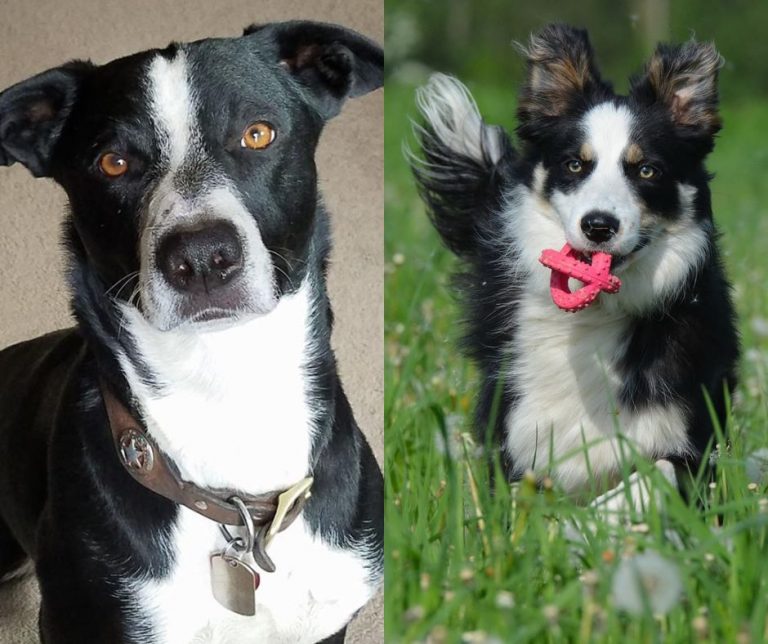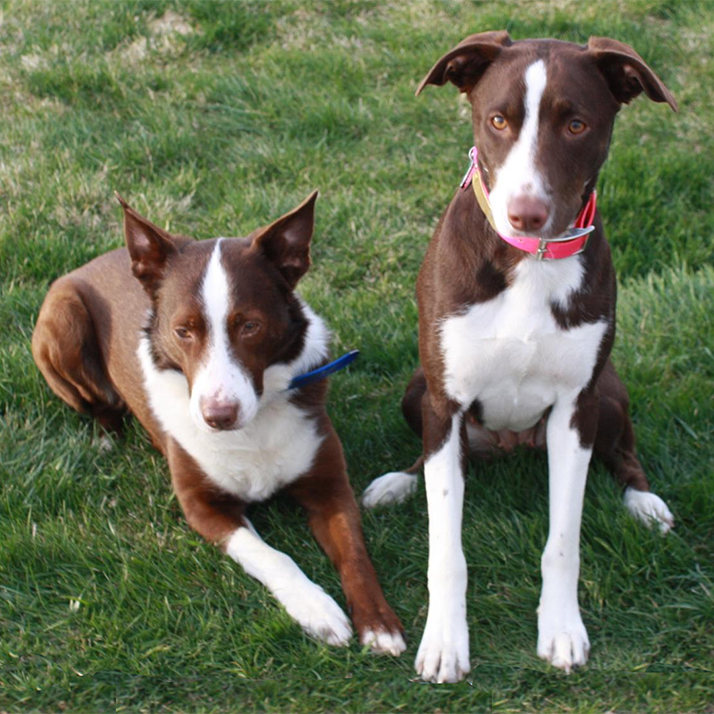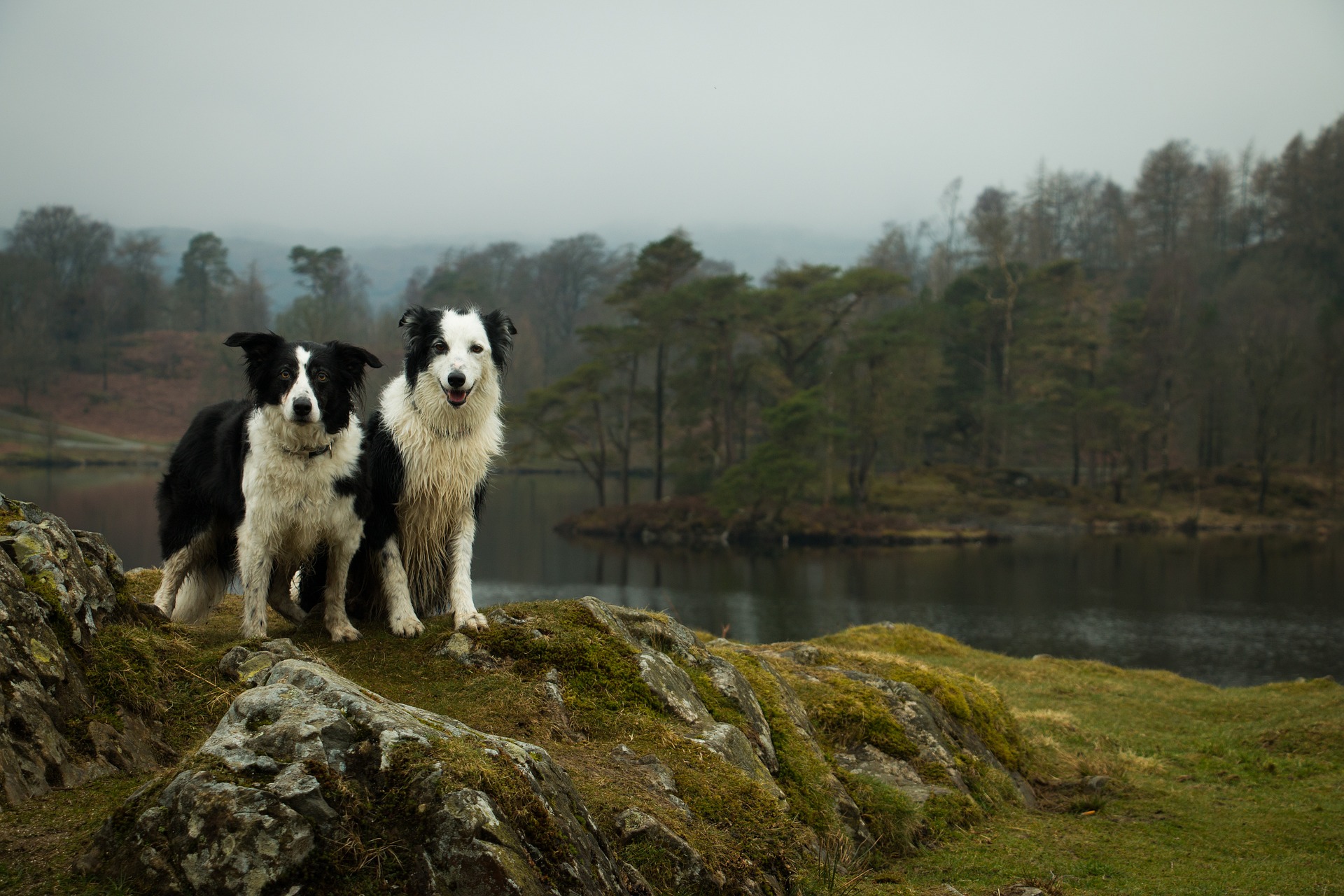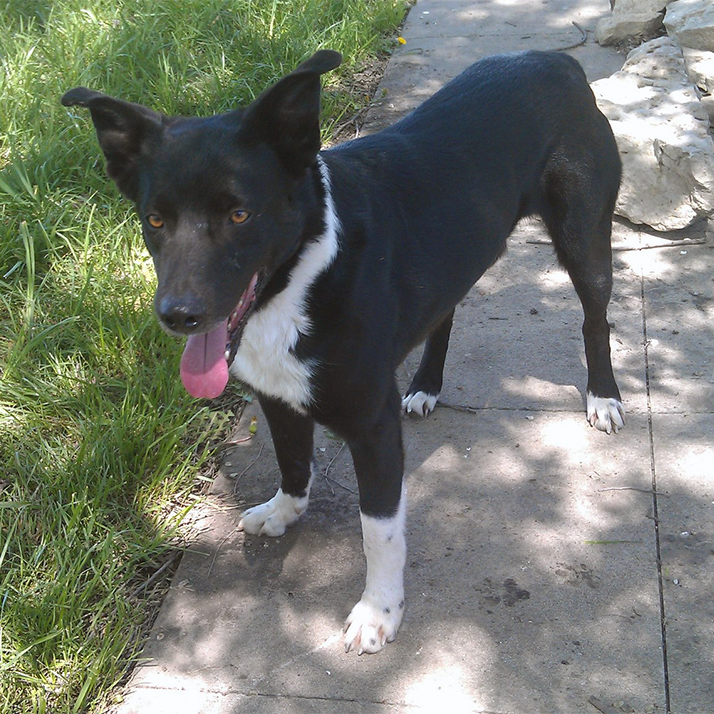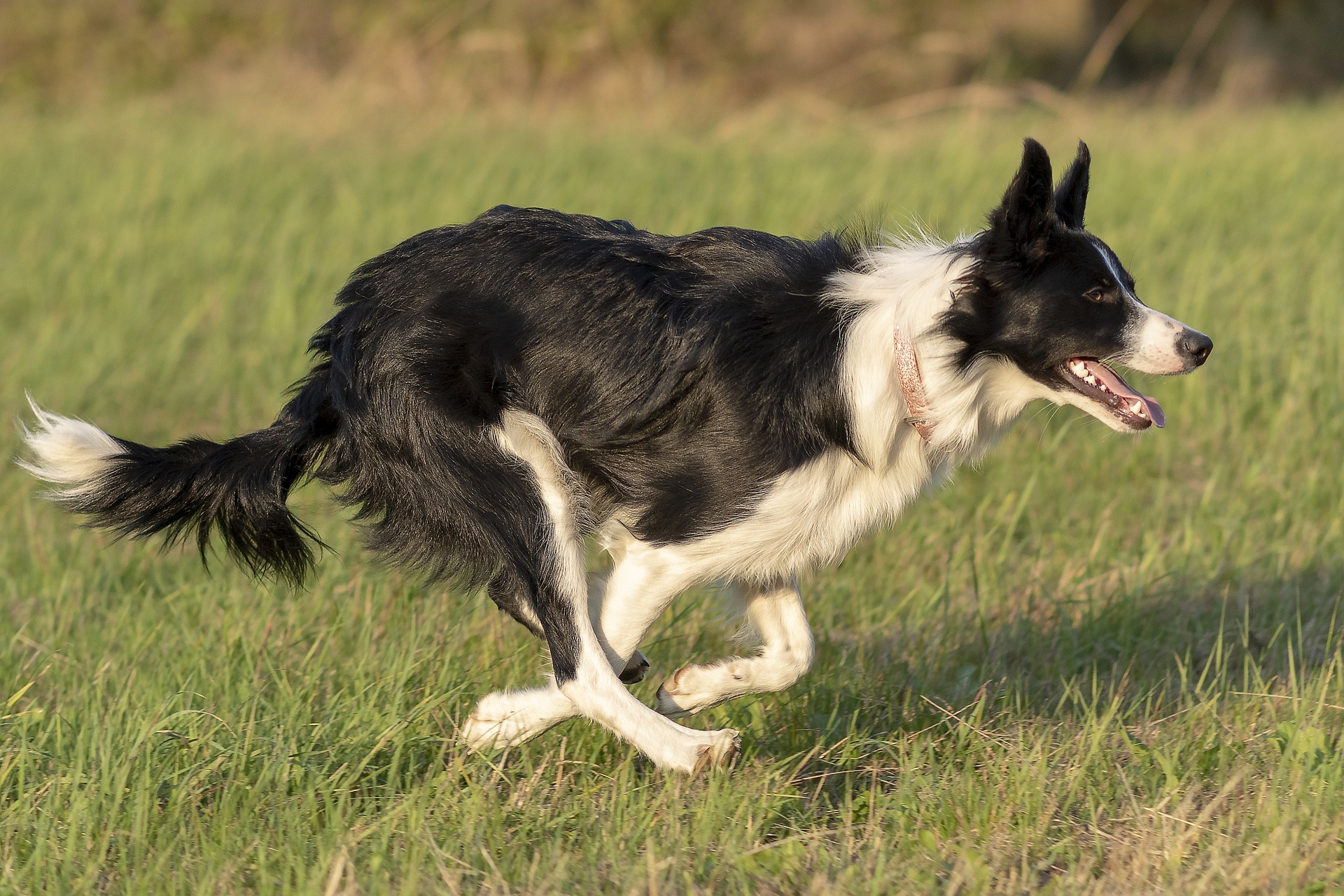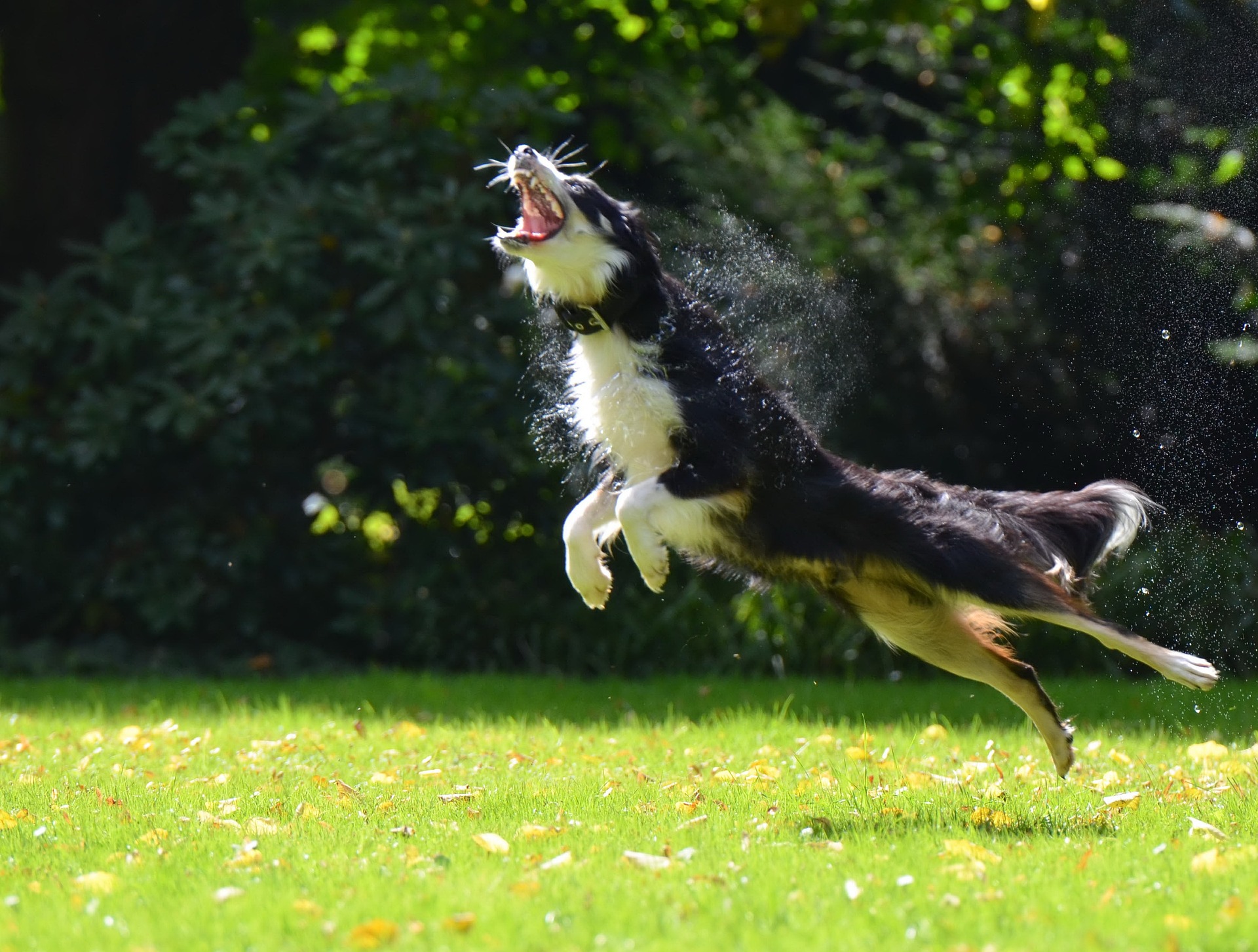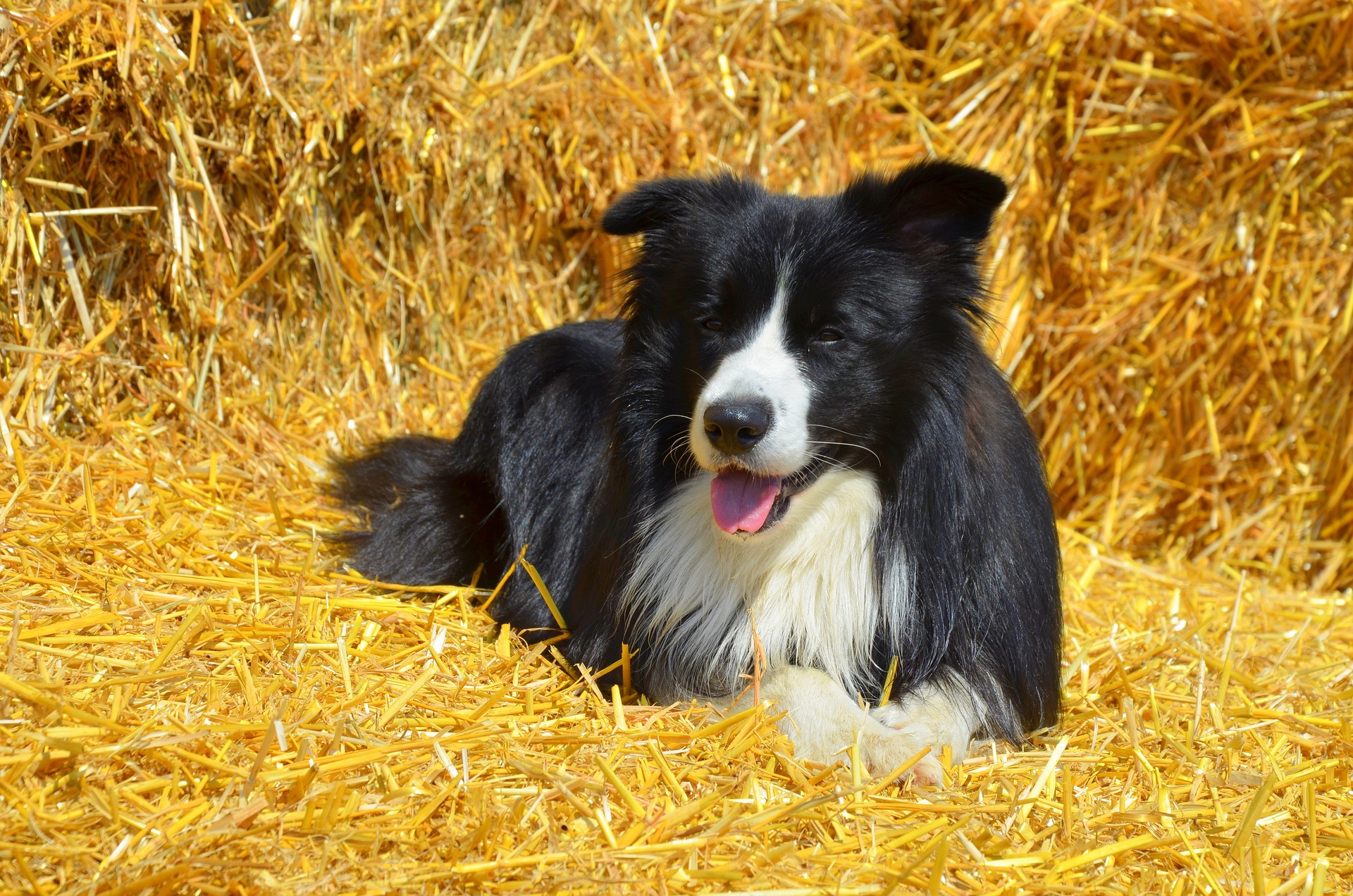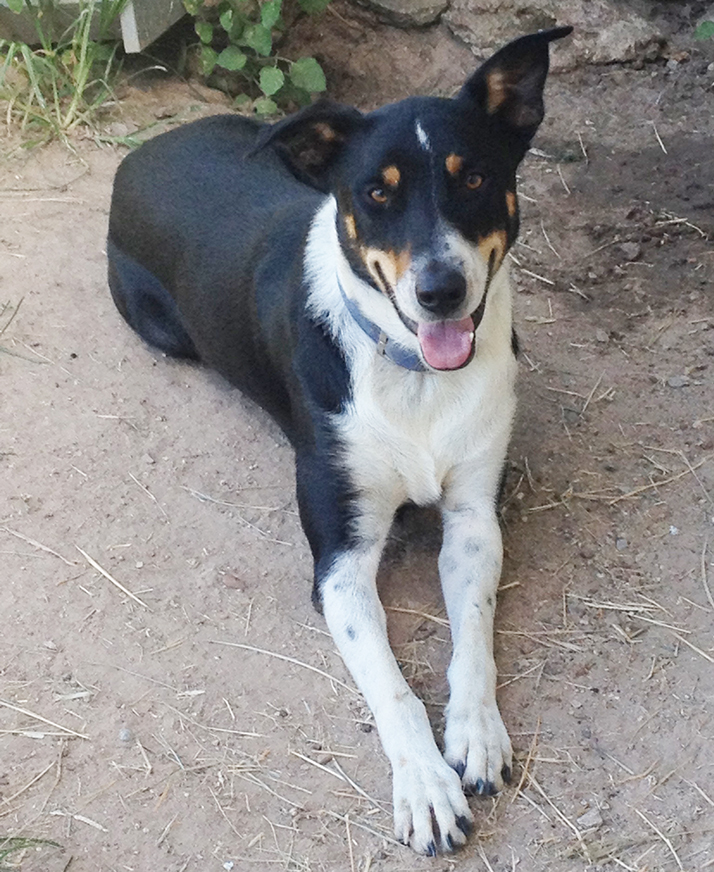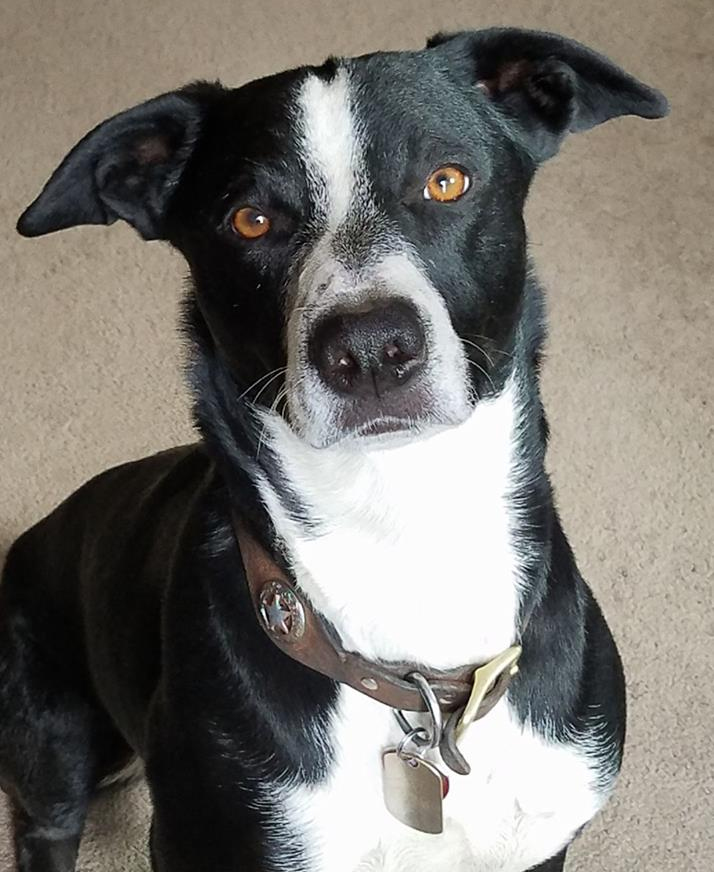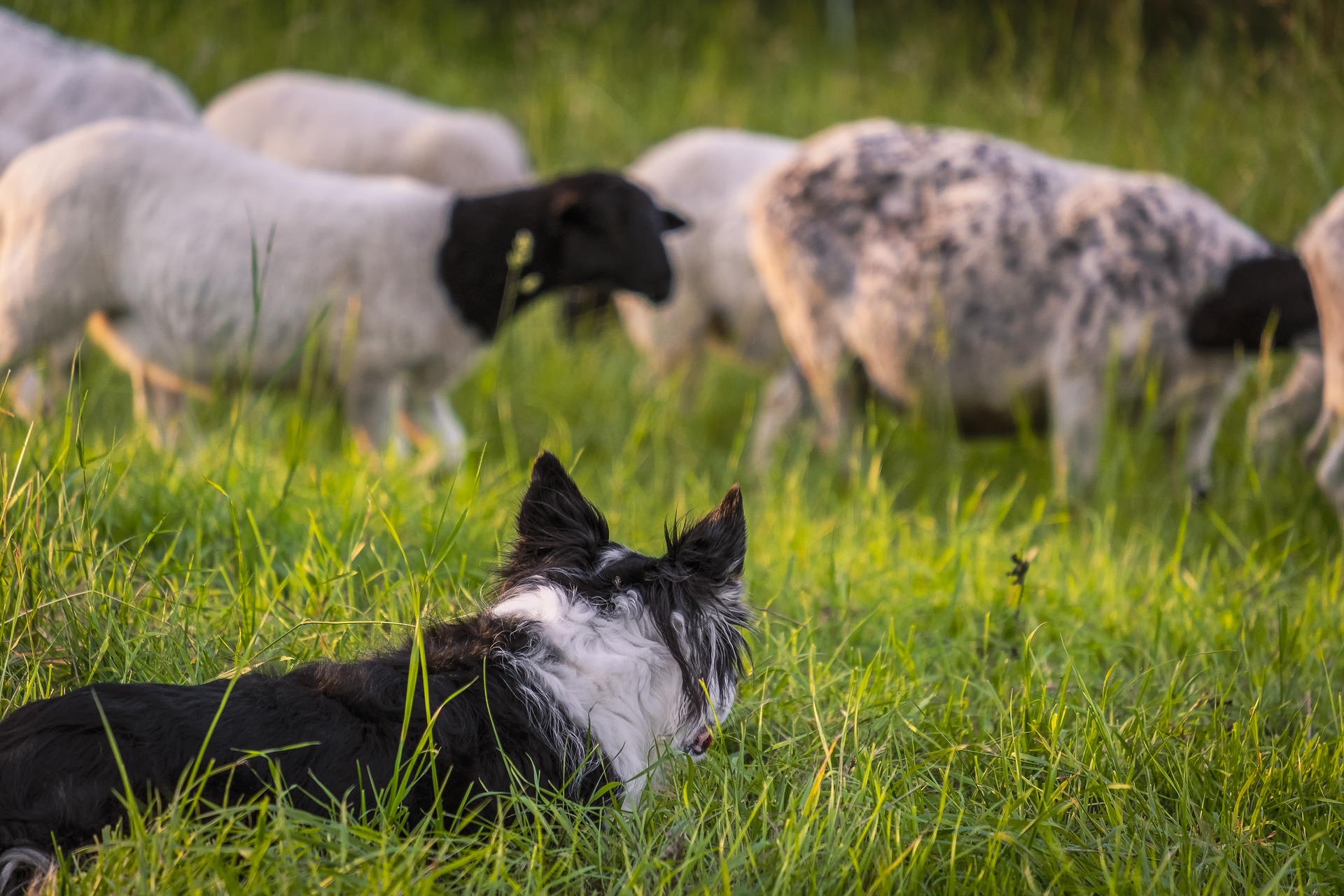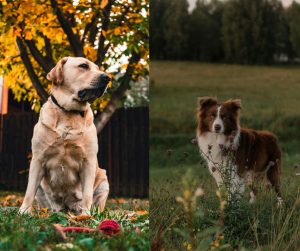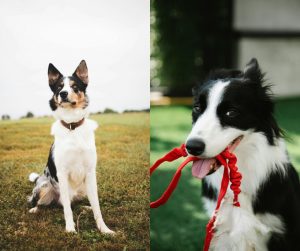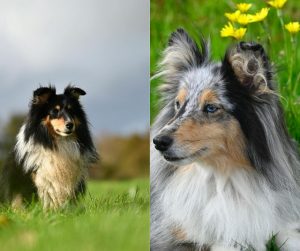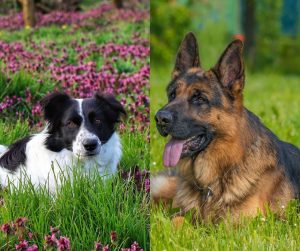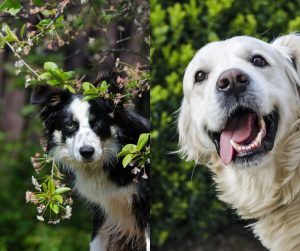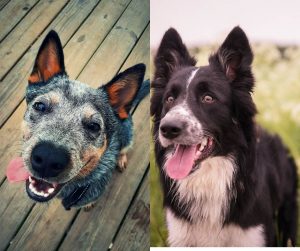When choosing a canine companion, the decision often comes down to finding a breed that aligns with an owner’s lifestyle, environment, and personal preferences.
Among the numerous breeds available, the McNab and the Border Collie, both heralding from impressive working lineages, offer distinct traits and characteristics that appeal to various individuals.
The former is celebrated for its versatility and favorable disposition toward families, while the latter is widely recognized for its sharp intellect and aptitude in herding and agility tasks.
The McNab, while less known than the popular Border Collie, possesses a medium build and can exhibit a diverse range of physical traits, such as varying ear and tail types.
They are well-suited for new owners and demonstrate a friendly demeanor toward children.
On the other hand, the Border Collie is a hallmark of herding breeds, noted for its intense energy and high trainability.
While they may not be the recommended choice for inexperienced owners, they excel in environments that challenge their mental and physical capabilities.
Let’s take a look at the McNab Dog vs Border Collie dog breed comparison.
Key Takeaways
- Both the McNab and Border Collie thrive in active environments but have distinct differences in temperament and new owner suitability
- The McNab is known for its family-friendly nature, while the Border Collie stands out for its high intelligence and working abilities
- Prospective owners should consider factors such as trainability, energy level, and compatibility with children when choosing between these two breeds
Origins and History
When it comes to the McNab and the Border Collie, their roots reveal a rich tapestry of history and breed development, each with distinct stories tied to rugged rural landscapes.
One hails from the misty hills of Britain, while the other was refined on the sun-baked soils of California.
Mcnab Dog Roots
Alexander McNab, an immigrant from Scotland, is credited with the creation of the McNab dog in the late 19th century.
After settling in Northern California, McNab began to develop a breed that could handle the harsh conditions of his ranch in Mendocino.
He crossed his Scottish Border Collies with selected shepherd dogs, crafting a breed known for its agility, intelligence, and sheer herding prowess.
Over time, the McNab—sometimes referred to as the McNab Shepherd, McNab cattle dog or McNab Collie—established itself as a reliable farmhand throughout California, with its lineage clear but its appearance often varying significantly from one dog to the next. Folks in the United States have other farm dogs at their disposal. For example, the Australian Shepherd. yet, the McNab breed, while not as popular, is amazing.
Border Collie Ancestry
Heading to the British Isles, the Border Collie puppy‘s story begins in the borderland between Scotland and England.
Esteemed for being one of the most intelligent dog breeds, Border Collies were first recognized for their exceptional herding skills.
Their keen instinct and energetic demeanor made them indispensable to shepherds.
While the exact history is sprinkled with variation, what’s clear is that Border Collies hail from a long line of working dogs, with their purpose and prowess defined by the needs of pastoral living in the rolling hills and valleys of Britain.
The Border Collie dog breed shares similarity with other herding dog breeds in England, like the Shetland Sheepdog and Rough Collie.
Physical Characteristics
When comparing the McNab to the Border Collie, one will find distinct nuances in their physical features, such as size, coat, and distinctive characteristics that cater to their breed-specific advantages.
Size and Weight
The McNab generally has a larger physical frame, with males measuring from 18 to 25 inches in height and females slightly smaller at 16 to 21 inches.
Their weight spans a range, accommodating between 30 and 65 pounds.
On the other hand, the Border Collie stands a bit shorter, averaging around 18-22 inches tall for both genders, and weighs in lighter at approximately 27-45 pounds. These numbers reflect healthy adult dogs.
Coat and Colors
Both breeds sport coats that are low maintenance, but the McNab’s is particularly known for being easier to groom.
The McNab often has a denser, shorter coat with common colors including black and red.
The Border Collie showcases a bit of a variety with coat textures that can be either smooth or rough, and their impressive color palette ranges from black, white, brown, to the more distinctive blue merle. This variation gives each Border Collie a unique appearance.
Distinctive Features
The physical appearance of these breeds extends beyond just their size and coats.
For instance, the McNab may have a more athletic build with a strong, straight back that denotes its prowess in agility.
A Border Collie’s physical appearance is marked by their bushy tail and expressive eyes, which adds to their alert and intelligent demeanor.
Their overall medium build and balance of strength and speed are optimized for their traditional herding roles.
Temperament and Personality
When it comes to the temperament and personality of the McNab dog vs Border Collie, both dog breeds showcase intelligence and energy, yet they express it in subtly different manners. The choice between the two often depends on their marked personality traits and how they fit within a family setting.
Behavioral Traits
McNabs are known for their protective nature and loyalty. They are less well-known than Border Collies but are considered highly intelligent and eager to please, making them superb working dogs.
A McNab may be more reserved with strangers, which reflects their protective instinct.
Border Collies, on the other hand, display an unmatched energy level and mental stimulation needs.
They are often described as affectionate and friendly, which makes them excellent companions, yet their intensity can be challenging without proper outlets.
- McNab: Protective, Loyal, Intense focus
- Border Collie: Affectionate, Energetic, Friendly
Family Interaction
Both the McNab and Border Collie are generally child-friendly and can fit into family life, but with different demands.
McNabs might suit a family looking for a more protective and loyal companion.
Conversely, Border Collies are highly sociable and typically enjoy an active household where their intelligence and eagerness to please can be channeled into activities.
It’s important to note that although both breeds are capable of being pet-friendly, early socialization is key to promoting harmonious relationships with other pets.
- McNab: Protective, best with older children
- Border Collie: Sociable, good with children of all ages
Training and Intelligence
Training a McNab or a Border Collie requires an understanding of their intelligence levels and capacity for mental stimulation.
Both farm dog breeds are highly trainable due to their intelligence, but they have different motivational triggers.
The McNab may excel with consistent and purpose-driven tasks, oriented towards work that satisfies their protective and loyal personality.
In comparison, the Border Collie’s playful and energetic spirit may require more creative dog training techniques to keep them engaged.
Their friendliness and affectionate nature, coupled with their intelligence, make them stand out in obedience and agility.
- McNab: Focused, enjoys work-related tasks
- Border Collie: Creative, excels in obedience and agility
Health and Care
In considering the health and care of McNab dog vs Border Collie farm dog, it’s essential to address their common health issues, exercise requirements, and grooming essentials. Recognizing the nuances in their needs ensures they both lead healthy, active lifestyles.
Common Health Issues
Both McNab dogs and Border Collies may experience genetic health concerns common to herding breeds.
Hip dysplasia, a malformation of the hip joints leading to arthritis, is a concern for both breeds.
They can also be prone to epilepsy, which is manageable with veterinary care.
Specific to the Border Collie is the collie eye anomaly, which can lead to vision problems, and progressive retinal atrophy, which may result in blindness.
Regular health screenings by a vet can help catch these issues early.
Exercise Needs
These breeds are high-energy and require ample exercise to stay healthy.
They thrive on activities that engage both their minds and bodies, such as herding, agility, or advanced obedience.
An adult McNab puppy or Border Collie puppy should ideally have several hours of activity daily to match their energy levels. Without enough exercise, they may become bored, leading to destructive behaviors.
Activity Chart: Exercise Needs Comparison
| Breed | Required Daily Exercise | Activity Level |
|---|---|---|
| McNab | 2+ hours | High |
| Border Collie | 2+ hours | Very High |
Grooming and Maintenance
When it comes to grooming and upkeep, both the McNab and Border Collie have low-maintenance coats.
The McNab typically has a shorter coat, resulting in potentially less shedding and easier grooming — a simple brushing once a week could suffice.
Border Collies have a denser coat, so they might need more frequent brushing to manage shedding and prevent matting.
Both should have their nails trimmed regularly, and their teeth should be cleaned consistently to promote overall health and longevity.
Breed Comparisons
Mcnab vs Border Collie
The Mcnab cattle dog, originating from the United States, and the Border Collie, hailing from the United Kingdom, are both renowned for their work ethic and herding capabilities.
Mcnabs tend to be larger. Males stand 18 to 25 inches in height and females 16 to 21 inches. They can weigh between 35 to 70 pounds. In contrast, Border Collies usually stand about 18-22 inches tall and weigh 30-45 pounds, presenting as a slightly smaller breed.
- Size Comparison:
Breed Height (inches) Weight (pounds) Mcnab M: 18-25, F: 16-21 35-70 Border Collie 18-22 30-45
Despite physical differences, both have similarly low maintenance coats. However, the Mcnab is often regarded as easier to groom due to its shorter coat.
Working and Herding Capabilities
These herding dogs demonstrate incredible focus and obedience, making them naturals at fieldwork. The Mcnab is particularly known for its agility and the ability to work on varied terrains. They are often singled out for their impressive focus and intelligence, traits essential for any working dog.
Border Collies, on the other hand, have a global reputation for their herding prowess and trainability. Their intense work ethic and agility make them well-suited for competitive herding and obedience trials. It’s their intelligence that often shines through, allowing for intricate dog training in various dog sports and work-related tasks.
Both the Mcnab and the Border Collie are top-tier working dogs with abilities that any herding or farm-based setting would benefit from. The choice between the two often comes down to specific needs in size, grooming ease, and slight variations in working style.
Adoption and Ownership
When they’re bringing a new furry friend into their life, many folks find themselves considering the McNab or Border Collie. They must think about where they live, their lifestyle, and where to find a four-legged companion.
Living Environment Preferences
Both the McNab dog and the Border Collie puppy need plenty of space to exercise and play. They’re not the best candidates for an apartment setting due to their high energy levels.
- McNab Dogs often thrive in an environment where they have a job to do. They were bred to work on ranches and farms and still carry those instincts. Given their American origin, they’re well-suited to various outdoor living conditions across the United States
- Border Collie dogs, which originated in the border country between Scotland and England, also enjoy having a purpose and benefit from activities that stimulate both their bodies and minds. They are recognized by the American Kennel Club as part of the herding group
Finding a Breeder or Shelter
When looking for a purebred McNab or Border Collie, it’s important to find reputable sources.
- Price: Expect purebred dogs to come at a substantial cost, as breeders invest a lot into the health and well-being of the puppies
- American Kennel Club: For Border Collies, the American Kennel Club endorsement is a sign of a good breeder. However, McNab dogs are not yet recognized by the AKC, so other means of verification are necessary, such as references or certifications
Here’s how to find a good fit:
- Research: Check breeder references, and ensure they conduct health screenings
- Visit shelters: Many Border Collies and McNabs are in need of loving homes and can be adopted
- Ask questions: When contacting breeders or shelters, inquire about the dog’s history, health, and temperament
Whether one is looking to adopt from a shelter or purchase from a reputable breeder, ensuring the dog’s past and needs align with the prospective owner’s lifestyle is key.

